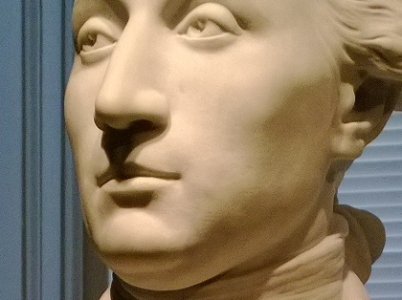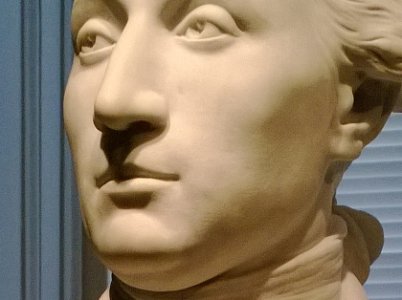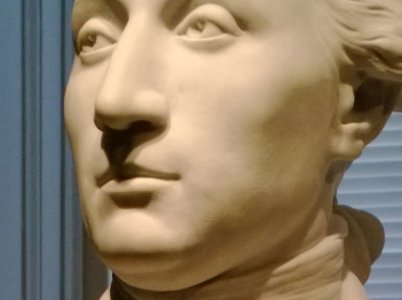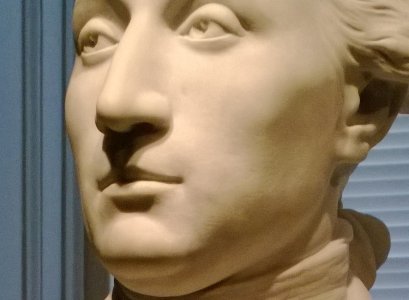Bahamen
New member
All I am saying is that I would take a bigger sensor over OIS any day.. You will be taking advantage of the big sensor in all possible scenarios, where the benefits of OIS are only at low light.
A bigger sensor makes the most difference in lowlight situations. In bright lighting, the difference is a lot smaller. Many of the difference in daylight, I already pointed out, is purely due to default algorithm (sharpening vs NR) rather than sensor size.
For lowlight, OIS can add 2-3 stop advantage, which translates into 400-800% more light received by the camera system. This far outweighs the small difference in sensor size.
To give an example: with the 1020, you can handhold it between 1/2 to 1/4 seconds. With the 808, you can handhold it between 1/8 to 1/16 seconds. So, the 1020 can capture lowlight images with ISO200-400 while the 808 will need ISO800-1600. The 1020 can even capture pretty usable pictures at ISO2500-4000 (see link below), whereas the 808 would simply not be able to capture anything.
Link to 1020 lowlights:
https://plus.google.com/photos/104786644443032070727/albums/5904027411805991297
PS: Yes, you can actually capture reasonable images up to 1/8s even without OIS. With OIS, it can go up to 1 seconds. If you need 1/20s, I'm guessing you got shaky hands















